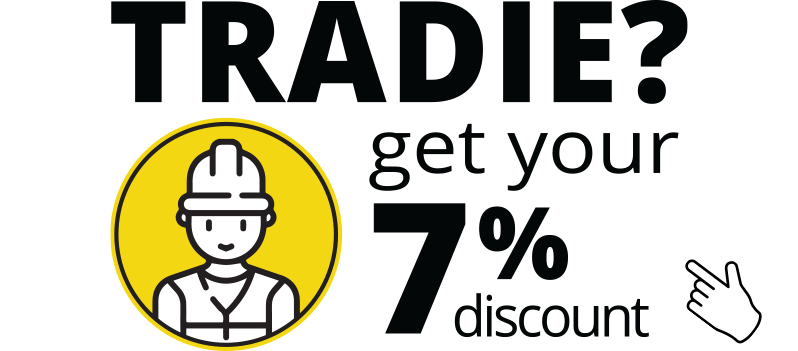Everybody loves to travel, right? Whether it’s for leisure, to visit family or friends, or even for work purposes, travel is an important part of life for many Australians. Unfortunately, the coronavirus pandemic has made travel within Australia more difficult due to border closures and travel restrictions. It is particularly difficult for those who have family or friends living interstate and want to visit them. Additionally, travellers who travel for work and leisure alike are finding themselves stuck in their home state with the unsureness of how and when they will be able to safely travel again. COVID-19 poses a particular risk for the immunocompromised and the elderly, and travellers also face the pressure of protecting themselves and those around them from the virus.
However, if you do need to travel, ensuring that you are up to date with the travelling guidelines of the state you intend to travel to, and preparing yourself for a two-week quarantine when you arrive, are good first steps. Here at PaintAccess, we understand the frustration that travel restrictions and limitations bring, so we have put together this helpful guide on travelling interstate within Australia. Read this blog, along with the guidelines on the Australian Government Department of Health page to become an expert on all things travel during the pandemic.
Travelling to Victoria
Victoria is currently establishing a permit system for all domestic travel to and from Victoria. This permit system was implemented on the 11th of January 2021 and applies to all domestic travellers. You may be wondering, how does this permit system work? Fortunately, it is quite straightforward. Areas across Australia are designated as either green, orange or red according to their relative risk. Travellers travelling from a designated red zone will not be able to enter Victoria without an exception, permitted worker permit or exemption. If you try to enter the state without any of these exceptions, you will be turned away and may even be faced with a fine.
Those travelling from a designated orange zone must apply for a permit to enter Australia. Travellers with COVID-19 symptoms or if you have recently visited orange or red zones. Travelling through a red zone is allowed for the purposes of transit. Similarly, those travelling from a designated green zone must apply for a permit to enter Victoria. You cannot apply if you have COVID-19 symptoms or if you have visited a red or orange zone. If you notice any systems upon arrival in Victoria, you should immediately get tested. Applying for a permit is also easy, simply visit the Service Victoria website and complete the necessary form.
Travelling to Western Australia
On Saturday the 14th of November, WA travelled to a ‘safe and sensible’ controlled border arrangement. For travellers, this means that you are permitted to enter WA as long as you meet strict conditions. NSW is currently considered ‘medium risk’. If you are an NSW resident and attempting to enter WA, you must apply for a G2G pass. It may seem that there are many types of passes and exemptions that you must keep in mind - but don’t worry, we’re here to help! All you need to know about the G2G pass and its application process can be found on the Western Australian website here. Meanwhile, states such as ACT, NT, SA and TAS are considered low risk and are subject to lesser restrictions.
Travelling to South Australia
Unfortunately, the Greater Sydney Region, Wollongong Local Government Area and Central Coast Local Government Area have now declared been prohibited locations and travellers from these areas are not permitted to travel to SA unless they are an essential traveller or an exempt person. If you are a traveller outside of the areas listed above, you’re in luck - you may travel to SA as long as you complete a COVID-19 test on day 1, 5 and 12. That’s a lot of tests! Although they are not the most pleasant experience, it is a small price to pay to keep yourself and those around you safe.
Travelling to Queensland
The Queensland border is currently closed to anyone who has been in a COVID-19 ‘hotspot’. The list of current hotspots is fairly extensive but you can find the full list of suburbs, as well as further advice on travelling to Queensland, can be found on the Queensland Government website. Everyone who is travelling to Queensland as of December 20, 2020, will need to apply for a Queensland Border Declaration Pass before entering. Luckily, applying for this pass will mean that you do not have to go into quarantine unless you have been in a COVID-19 hotspot in the last 14 days.
Travelling to Northern Territory
Travelling to Northern Territory has similar restrictions in place. Mandatory quarantine is in place for any travellers travelling from a declared COVID-19 hotspot within the past 14 days. We know that quarantine is no fun - but as long as you keep yourself occupied, it will be over in the blink of an eye. Anyone travelling to the NT also needs to complete an online Border Entry form. To make life easier, you do not have to have a paper copy of this form - just make sure it’s available on your mobile phone or another device as you may be asked to present it on arrival.
Travelling to Tasmania
Tasmania’s border entry conditions depend on where the traveller has spent time, whether it be a very low risk, low risk, medium, or high-risk area. If you have only spent time in low-risk areas, you simply have to register through the Tas e-Travel system. Medium or high-risk areas require a G2G pass, just like the case for travelling to Western Australia.
